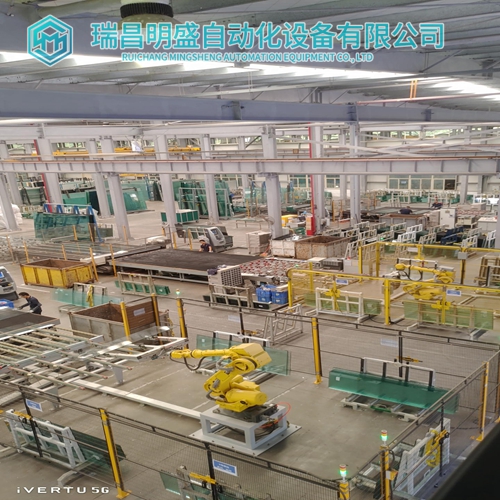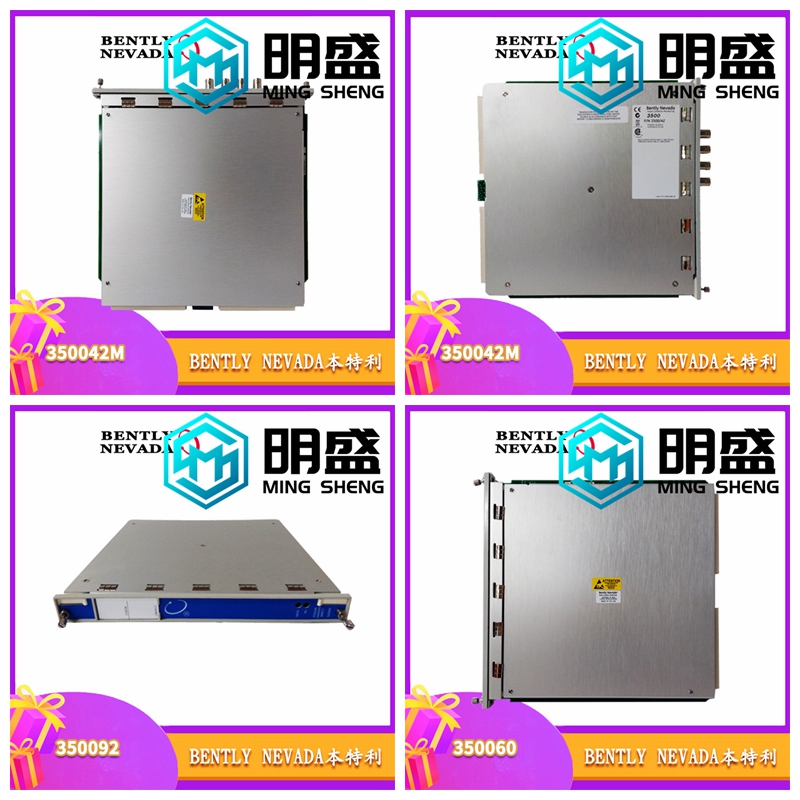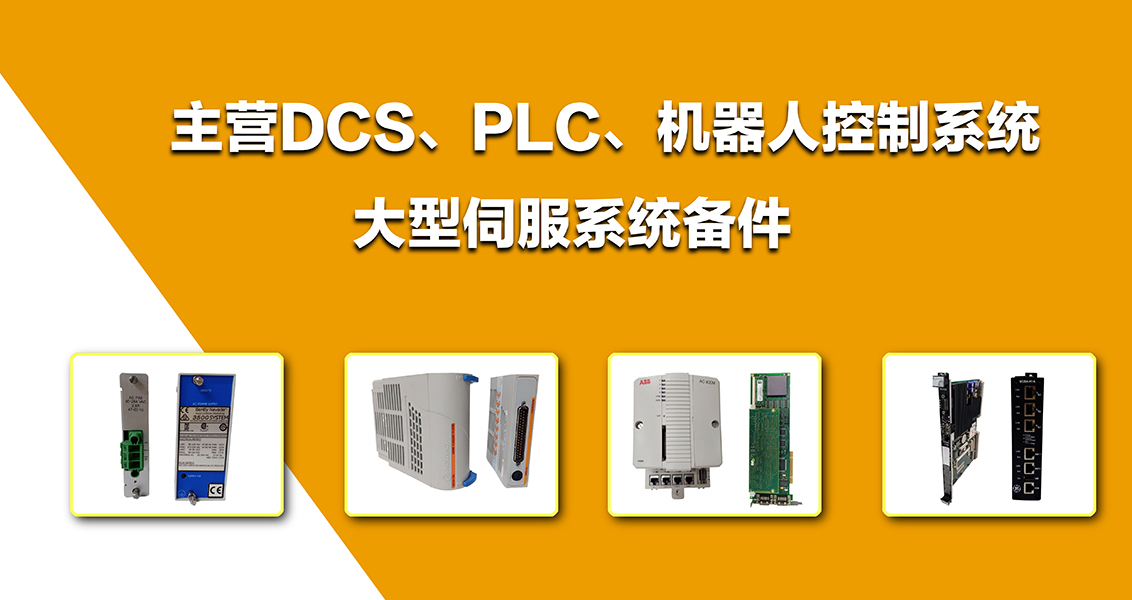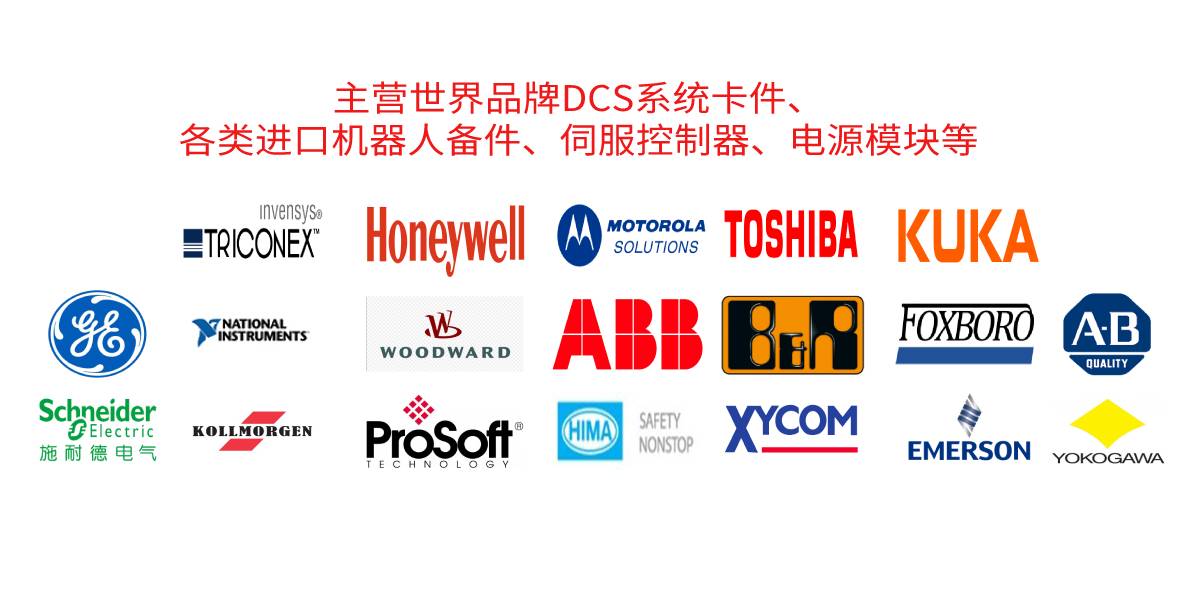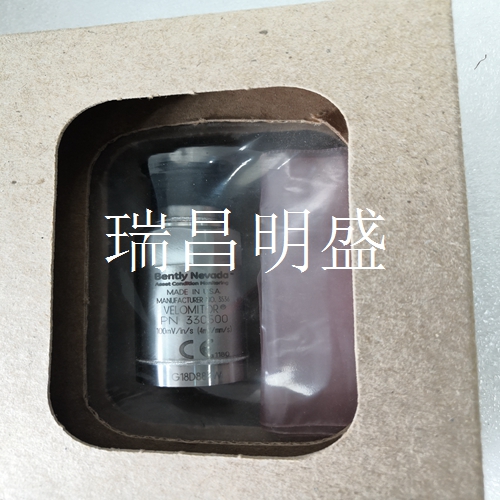330500-00-02传感器
说明应用
这些加速度计适用于需要外壳加速度测量的关键机械应用,如齿轮啮合监测。330400旨在满足美国石油学会标准670对加速度计的要求。它提供50g峰值的振幅范围和100mV/g的灵敏度。330425是相同的,只是它提供了更大的振幅范围(75g峰值)和25mV/g的灵敏度。如果为了机器的整体保护而进行外壳测量,则应考虑测量对每个应用的有用性。最常见的机器故障(不平衡、未对准等)源于转子,并导致转子振动增加(或至少发生变化)。为了使任何外壳测量单独对整个机器保护有效,大量的转子振动必须忠实地传递到轴承外壳或机壳,或更具体地说,传递到传感器的安装位置。此外,在传感器的物理安装过程中应小心。安装不当可能导致传感器性能下降,和/或产生不代表实际机器振动的信号。输出与速度的积分可能会使情况恶化。如果积分到速度,应格外小心。对于高质量的速度测量,应使用330500 Velomitor传感器。根据要求,我们可以提供工程服务,以确定有关机器的外壳测量的适当性和/或提供安装帮助。330400和330425加速计加速度传感器数据表B规格参数规定为+20至+30°C(+68至+86°F)和100 Hz,除非另有说明。超出规定限值的操作可能导致错误读数或机器监控丢失。电气330400灵敏度10.2 mV/m/s2(100 mV/g)±5%。加速度范围490 m/s2(50 g),10 Hz至15 kHz频率范围内的峰值总加速度。频率高于15 kHz时的振动,尤其是换能器共振时的振动将显著降低该范围。
振幅线性度
±1%至490 m/s2(50 g)峰值。宽带噪声本底(10 Hz至15 kHz)0.039 m/s2(0.004 g)rms。330425灵敏度2.5 mV/m/s2(25 mV/g)±5%。加速度范围:10 Hz至15 kHz频率范围内的735 m/s2(75 g)峰值总加速度。频率高于15 kHz的振动,尤其是换能器共振时的振动,将显著降低该范围。振幅线性度±1%至735 m/s2(75 g)峰值。宽带噪声本底(10 Hz至15 kHz)0.098 m/s2(0.01 g)rms。两台机组的频率响应均为10 Hz至15 kHz(600 cpm至900000 cpm)±3dB;30 Hz至10 kHz(1800 cpm至600000 cpm)±10%温度灵敏度-工作温度范围内典型的11%至+3%。横向灵敏度小于轴向的5%。安装谐振频率大于30 kHz。共振峰值振幅最大为20 dB。基础应变灵敏度对于字母“G”前面的序列号(包括所有新传感器49 mm/s2/mstrain(0.005 G/mstrain)对于字母“G”前面的系列号(2004年4月之前装运)980 mm/s2/ms train(0.100 G/mstrain;4.9 mm/s2/mstrain(0.0005 g/mstrain),安装底座(API适配器)与加速计一起提供。Bently Nevada建议与安装底座一起安装,以最大限度地降低序列号前没有字母“G”的底座应变敏感性。最大电缆长度305米(1000英尺),信号无退化。电源要求输入电压-24±0.5 Vdc。偏置电流2 mA标称值。输出偏置电压:-8.5±0.5 Vdc。接地外壳已隔离。
Explain the application
These accelerometers are suitable for critical mechanical applications that require enclosure acceleration measurement, such as gear engagement monitoring. The 330400 is designed to meet the requirements of American Petroleum Institute Standard 670 for accelerometers. It provides an amplitude range of 50g peak value and a sensitivity of 100mV/g. 330425 is the same, but it provides a larger amplitude range (75g peak) and a sensitivity of 25mV/g. If enclosure measurements are made for the overall protection of the machine, the usefulness of the measurements for each application should be considered. The most common machine failures (unbalance, misalignment, etc.) originate in the rotor and cause an increase (or at least a change) in rotor vibration. In order for any enclosure measurement to be effective for the protection of the whole machine alone, a large amount of rotor vibration must be faithfully transmitted to the bearing housing or enclosure, or more specifically, to the installation position of the sensor. In addition, care should be taken during the physical installation of the sensor. Improper installation may result in poor sensor performance and/or generate signals that do not represent actual machine vibration. The integration of output and speed may make the situation worse. Take extra care if integrating to speed. For high quality speed measurements, use a 330500 Velomitor sensor. On request, we can provide engineering services to determine the appropriateness of the enclosure measurements for the machine concerned and/or to provide installation assistance. The 330400 and 330425 accelerometer accelerometer data sheet B specifications are specified as+20 to+30 ° C (+68 to+86 ° F) and 100 Hz, unless otherwise noted. Operation beyond the specified limits may result in incorrect readings or loss of machine monitoring. Electrical 330400 sensitivity 10.2 mV/m/s2 (100 mV/g) ± 5%. Acceleration range 490 m/s2 (50 g), total peak acceleration in the frequency range of 10 Hz to 15 kHz. Vibration at frequencies above 15 kHz, especially when the transducer is resonant, will significantly reduce this range.
Amplitude linearity
± 1% to 490 m/s2 (50 g) peak. Broadband noise background (10 Hz to 15 kHz) 0.039 m/s2 (0.004 g) rms. 330425 sensitivity 2.5 mV/m/s2 (25 mV/g) ± 5%. Acceleration range: 735 m/s2 (75 g) peak total acceleration in the frequency range of 10 Hz to 15 kHz. Vibration with a frequency higher than 15 kHz, especially when the transducer is resonant, will significantly reduce this range. Amplitude linearity ± 1% to 735 m/s2 (75 g) peak. Broadband noise background (10 Hz to 15 kHz) 0.098 m/s2 (0.01 g) rms. The frequency response of both units is 10 Hz to 15 kHz (600 cpm to 900000 cpm) ± 3dB; 30 Hz to 10 kHz (1800 cpm to 600000 cpm) ± 10% temperature sensitivity - typical 11% to+3% in the operating temperature range. The transverse sensitivity is less than 5% of the axial sensitivity. The installation resonant frequency is greater than 30 kHz. The maximum resonant peak amplitude is 20 dB. The foundation strain sensitivity is 980 mm/s2/ms train (0.100 G/mstrain; 4.9 mm/s2/mstrain (0.0005 g/mstrain) for the serial number before the letter "G" (including all new sensors 49 mm/s2/mstrain (0.005 G/mstrain) for the serial number before the letter "G" (shipped before April 2004). The mounting base (API adapter) is provided with the accelerometer. Bently Nevada recommends installing with the mounting base to minimize the strain sensitivity of the base without the letter "G" before the serial number. The maximum cable length is 305 meters (1000 feet), and the signal has no degradation. The power supply requires an input voltage of - 24 ± 0.5 Vdc. Bias current 2 mA nominal. Output bias voltage: - 8.5 ± 0.5 Vdc. The grounded enclosure has been isolated.

